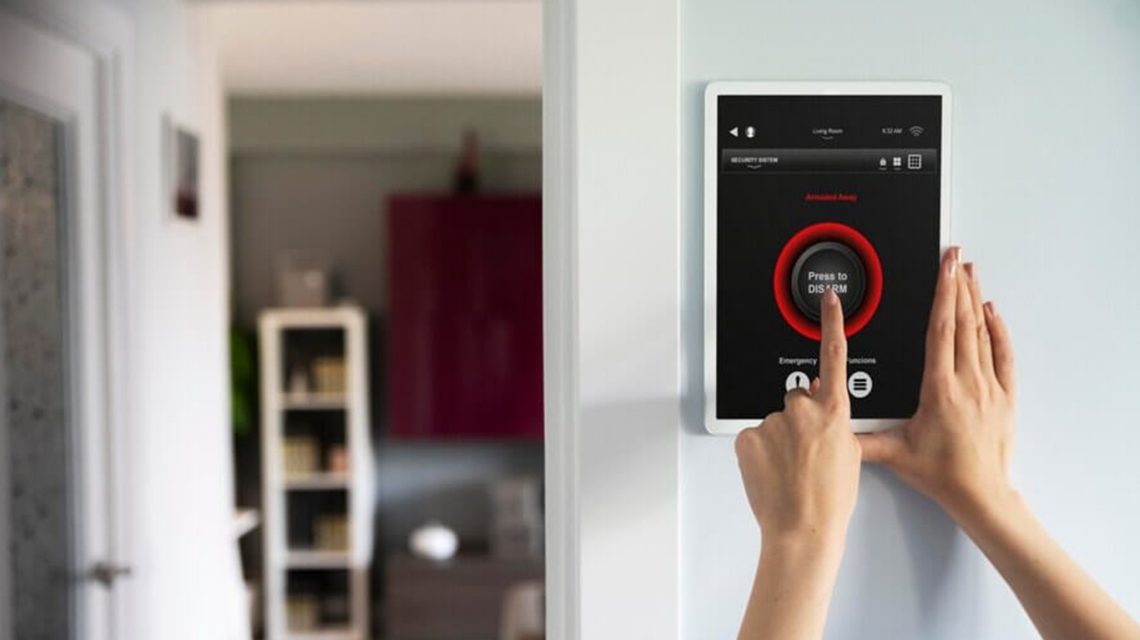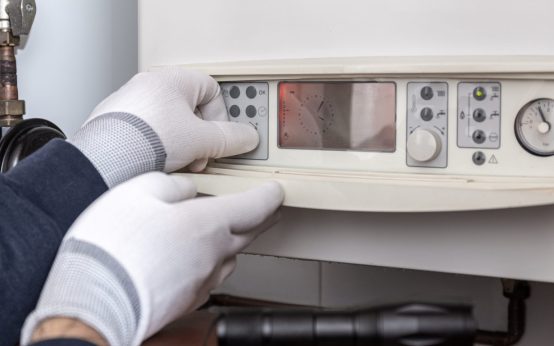Did you know that selecting the right thermostat can reduce your annual heating and cooling expenses by up to 10%? Additionally, Seattle Public Utilities offers various rebate programs and energy-saving tips.
Finding the ideal thermostat can be a challenge due to the multitude of brands and types available, not all of which may be compatible with your home’s systems. However, with some diligent research, you can discover a thermostat that effectively manages your energy costs.
If you’re asking yourself, “What type of thermostat do I need?” continue reading as we explore this essential question and more.
Types of Thermostats for Homeowners
Thermostats come in several varieties, but don’t let this overwhelm you! They primarily differ in two aspects: the equipment they control and their operating mechanisms.
Electronic Thermostats
These thermostats act like small computers, continuously measuring your home’s temperature and adjusting your heating and cooling systems as needed. Electronic thermostats are programmable, allowing you to set different temperature schedules throughout the day. For instance, you can program them to heat your home before you wake up or cool it down as you prepare for bed. They are compatible with various heating and cooling systems, including electric, gas, oil, and hydronic setups.
Electromechanical Thermostats
Operating through mechanical means, electromechanical thermostats utilize a heat-sensing mechanism, often involving coiled metal or wires. These older models typically include a small mercury vial to complete an electrical circuit. While they can effectively control most heating and cooling systems, they lack the programmability of electronic options.
Smart Thermostats
Smart thermostats allow you to monitor and adjust your home’s temperature remotely via your smartphone or computer. Many offer room-specific control and can optimize settings for greater energy efficiency. Although they are generally more expensive than programmable models, they can almost fully automate your heating and cooling processes. However, be mindful that compatibility with HVAC systems may vary.
Programmable Thermostats
Unlike smart thermostats, programmable models do not require internet access. Homeowners can manage all settings directly on the device. They enable you to schedule specific temperature adjustments, such as turning off the system while you’re away and turning it back on shortly before your return. These thermostats can enhance energy efficiency and are typically more budget-friendly than smart options.
Popular Thermostat Brands
Here are some notable brands you may want to consider:
- Nest: A subsidiary of Alphabet, Nest produces smart thermostats that learn and adapt to your lifestyle. Their models have received EPA Energy Star certification and claim to pay for themselves through energy savings within two years. Prices range from $140 to $240, but compatibility with all HVAC systems isn’t guaranteed.
- Honeywell: Known for a wide array of thermostats—smart, programmable, and manual—Honeywell offers products starting around $20. Their extensive line is available at most home supply stores, and you can check compatibility on their website.
- Lux: With over 16 million units sold, Lux offers both electronic and mechanical thermostats, including smart options starting at about $30. Compatibility checks can also be done via their website.
- Emerson: Emerson provides a full range of thermostats, from mechanical to smart models, with prices starting at around $30 and going up to $200 or more.

Choosing the Right Thermostat in the Pacific Northwest
The thermostat best suited for your home depends on several factors, including your preferences and your HVAC system. Here are some tips to guide your decision:
1. Know Your Equipment and Wiring
Understanding your current HVAC system is crucial, as not all thermostats will work with every setup. Some are designed specifically for furnaces or air conditioners, while others cater to heat pumps or multi-stage systems. Take note of whether you have separate systems for heating and cooling, and assess your existing thermostat’s wiring—this is essential for determining if a smart thermostat can be installed, as many require a common wire (C wire) for Wi-Fi connectivity.
2. Choose Your Type and Check Compatibility
Consider what type of thermostat you envision for your home. Would you prefer the automation of a smart thermostat or is a programmable model sufficient? Budget is often a consideration, as programmable models are typically more affordable than smart ones. Also, think about features that might enhance your experience, such as air filter change reminders or digital displays.
Before making a purchase, verify that the thermostat you choose is compatible with your HVAC system by checking manufacturer websites or consulting HVAC professionals.
3. Understand the Installation Process
You may have the option to install your new thermostat yourself, especially if you choose a non-Wi-Fi model. Many manufacturers provide clear instructions for DIY installations. However, smart thermostats may require professional installation, particularly if you are uncertain about the wiring. Ensure your thermostat is placed on an interior wall away from direct heat sources to accurately gauge your home’s temperature.
Selecting Your Home Thermostat
By now, you should have a clearer understanding of the type of thermostat that suits your needs. Ultimately, your choice will be influenced by your existing HVAC system, personal preferences, and budget considerations.



 The Top 5 Advantages of Smart Home Lighting
The Top 5 Advantages of Smart Home Lighting  Innovative Smart Lighting Solutions for a Connected Home
Innovative Smart Lighting Solutions for a Connected Home  Smart Lighting and Home Automation: A Bright Future
Smart Lighting and Home Automation: A Bright Future  How to Choose the Perfect Thermostat for Your Home
How to Choose the Perfect Thermostat for Your Home  Choosing the Right Thermostat for Your Home
Choosing the Right Thermostat for Your Home  Selecting the Ideal Thermostat for Your HVAC System
Selecting the Ideal Thermostat for Your HVAC System